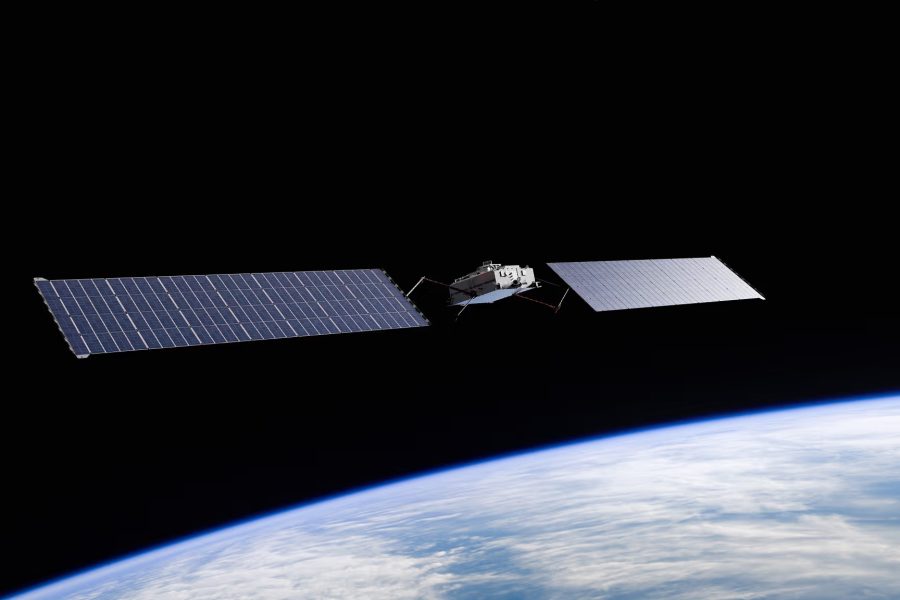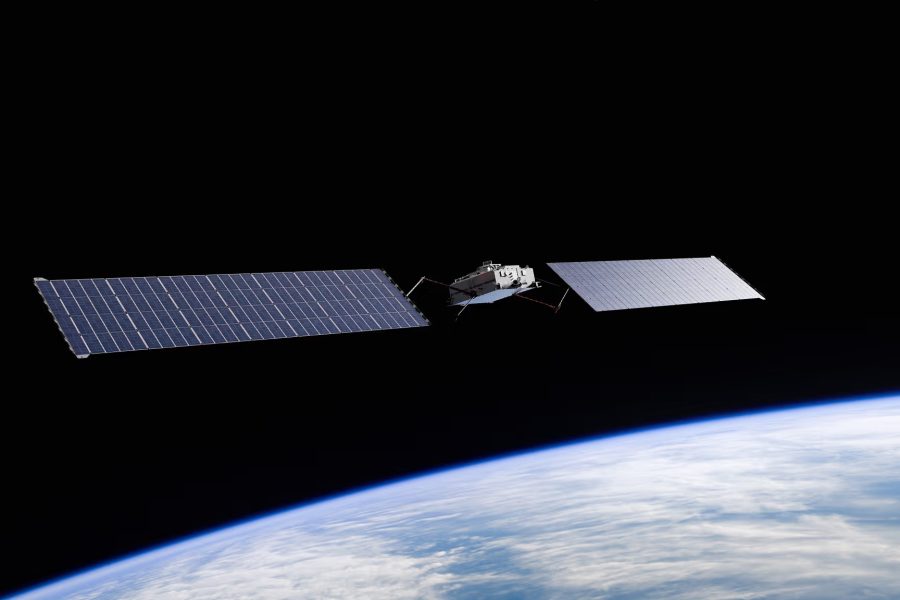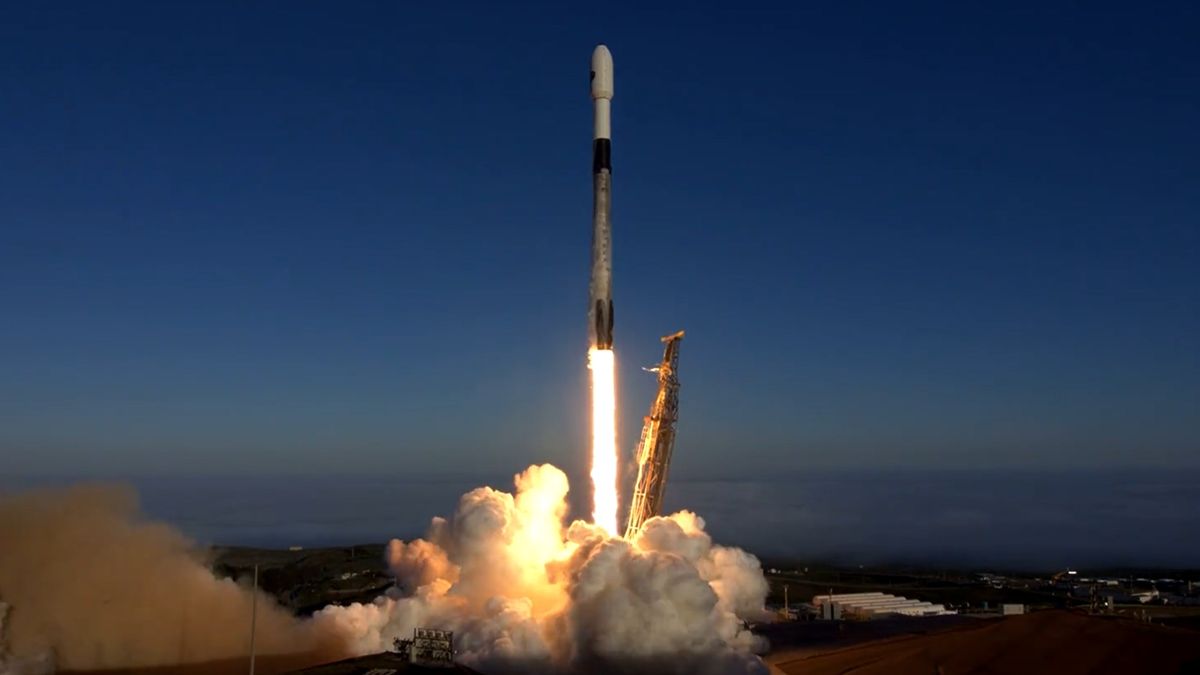Startup Apex is the latest to announce a demonstration of the Golden Dome, with the launch scheduled for 2026.


Startup Apex Latest to Plan Golden Dome Demo with Launch Set for 2026 (Image Credit: airandspaceforces)
Audio of this article is brought to you by the Air & Space Forces Association, honoring and supporting our Airmen, Guardians, and their families. Find out more at afa.org
Satellite manufacturer Apex announced it plans to launch a space-based missile interceptor demonstration next summer—the latest company to unveil plans to prototype technology that could contribute to the Pentagon’s Golden Dome missile defense project.
The Los Angeles-based firm said it will self-fund a demonstration of an interceptor host platform called Orbital Magazine. For the mission, one of Apex’s Nova satellite buses equipped with a software-defined radio will transmit and receive communications and provide power, heat, and environmental support for the interceptors.
CEO Ian Cinnamon told Air & Space Forces Magazine the demonstration, which the company is calling “Project Shadow,” is less about the interceptors—which will not be live—and more about proving the enabling technology works. While Apex is angling for a role in Golden Dome, the effort isn’t just a sales pitch, he said, but a chance to mature technology the U.S. military has said is central to homeland defense.
The firm has invested $15 million in the project and is partnering with others in industry, though Cinnamon declined to identify its collaborators.
“We want to mature the tech to make sure this thing actually works,” Cinnamon said. “Then, of course, as large primes and system integrators who know how to build these interceptors bid on it, we go to them and say, ‘Listen, we’re really good at the Orbital Magazine. We’ve already proven it in orbit. Let’s collaborate.’”
He estimated the unit cost for Orbital Magazine will range from around $6 million to nearly $10 million, depending on quantities and the configuration, noting that one of Apex’s high-power Comet spacecraft can carry up to six interceptors. The Pentagon hasn’t said how many interceptors it expects to need, but experts have estimated the constellation could require thousands to provide sufficient coverage.
Apex is a newcomer to the defense scene. The firm drew attention last year when it announced a partnership with Anduril to provide satellite buses for the defense tech company’s future military space payloads. Earlier this month, Apex opened a new factory with the capacity to build up to 200 satellites per year and plans to scale beyond that as demand arises.
Project Shadow will be the debut mission for the firm’s Nova satellite, and Cinnamon said Apex has orders from a number of customers that are on track for delivery soon after its first flight.
The company is one of many that plans to vie for a piece of the massive Golden Dome project, which President Donald Trump has said will cost at least $175 billion over the next three years. As the administration and Pentagon officials hammer out the details of the multi-domain architecture behind closed doors, firms large and small have been quick to publicly tout technology they say could be a good fit for the effort.
That includes defense prime Lockheed Martin, which announced in August it would launch a space-based interceptor demonstration in 2028. The company says it has also established a prototyping center in Virginia to test space-based missile defense concepts and get after some of the program’s biggest challenges, like how to manage the network of systems that will make up Golden Dome.
During a Lockheed earnings call Oct. 21, CEO Jim Taiclet said that along with proving new technology and concepts, the company is looking within its existing product lines for ways to scale production in support of the missile defense mission.
“We’re rapidly increasing production capacity across the missiles, sensors, battle management systems, and satellite integration opportunities that will be directly relevant to achieve the overarching objective of Golden Dome,” Taiclet told investors.
Meanwhile, executives at Northrop Grumman say the firm has already begun testing space-based interceptors on the ground and providing “high-fidelity operational analysis” to the Pentagon.
CEO Kathy Warden said during the firm’s own earnings call she expects more details on the architecture soon, which will help shape Northrop’s plans and financial projections.
“I think you’ll see more clarity coming from the department as they share more information on that architecture and plan in the coming months,” Warden said.
Audio of this article is brought to you by the Air & Space Forces Association, honoring and supporting our Airmen, Guardians, and their families. Find out more at afa.org






